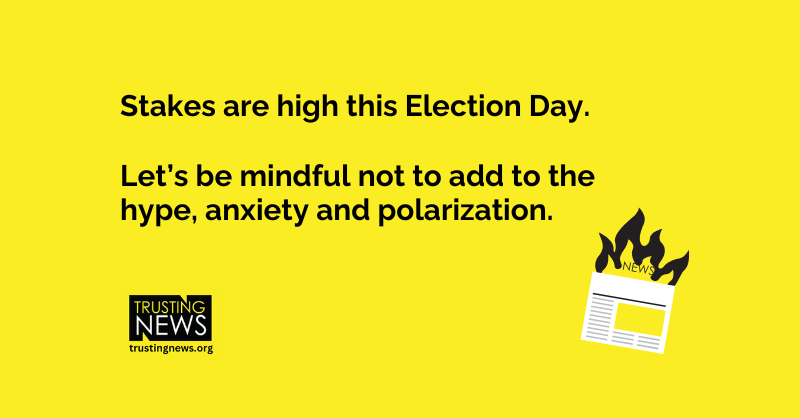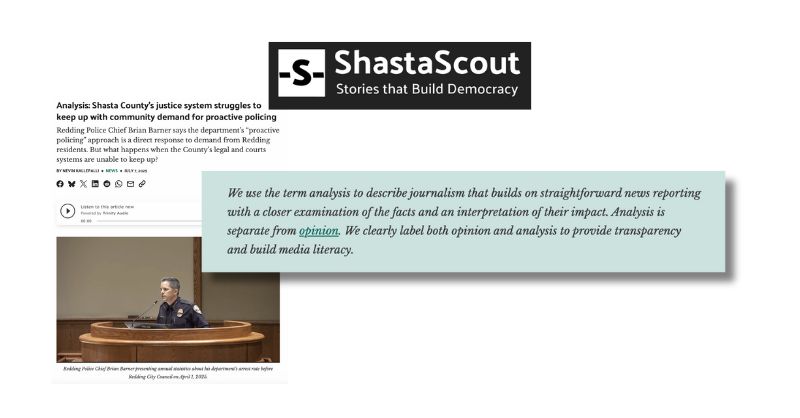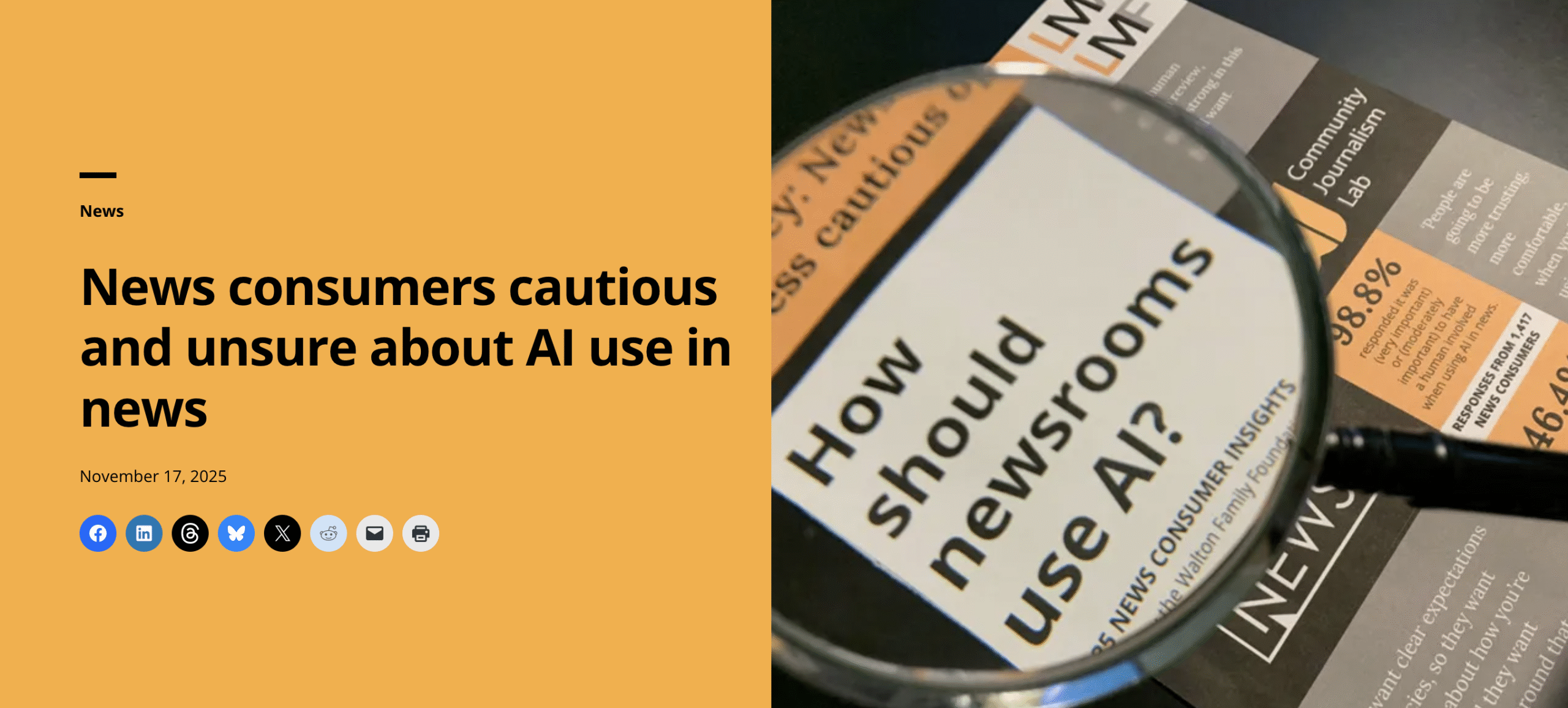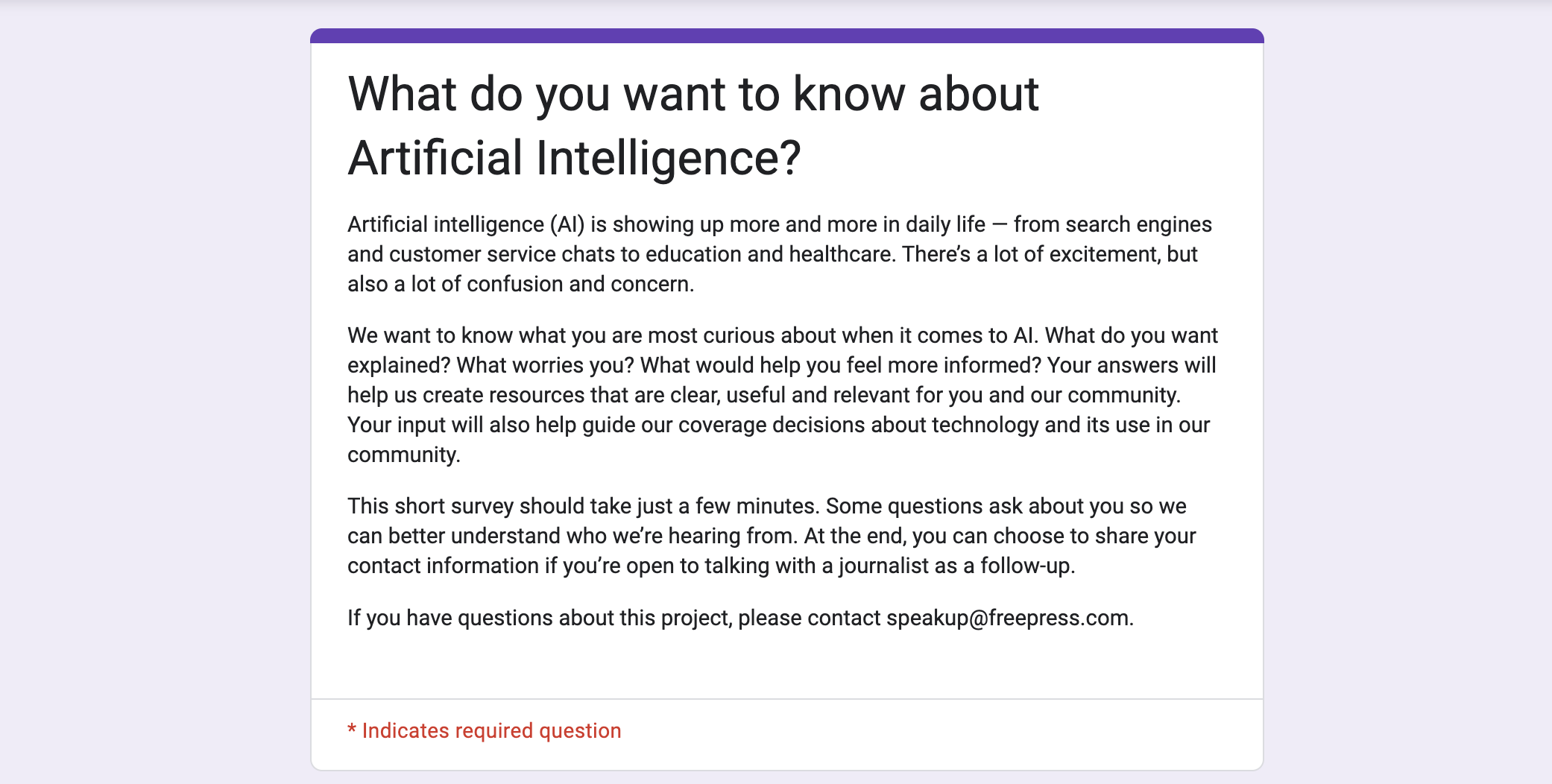
While I was watching the presidential debate on TV, a breaking news alert appeared and grabbed my attention. I had the hoped-for reaction: “What’s going on?” But then it just led to anchors at a desk previewing the debate — a scheduled and planned event. Turns out, the “breaking news” was just about the debate itself. As […]
Don’t overuse “Breaking News” label in election coverage
While I was watching the presidential debate on TV, a breaking news alert appeared and grabbed my attention. I had the hoped-for reaction: “What’s going on?” But then it just led to anchors at a desk previewing the debate — a scheduled and planned event. Turns out, the “breaking news” was just about the debate itself.
As a viewer, it was frustrating. The debate wasn’t breaking news. The alerts and graphics felt unnecessary and misused.
We know, and research shows, that people are tuning out of traditional news. One of the reasons is that people feel frustrated and anxious from all the negativity and bombardment of information. For me, those feelings occur when I see breaking news alerts with dramatic music and graphics, especially when it’s not justified.
With the election coming up, I’ve been thinking a lot about how we, as an industry, should be more careful about when we use breaking news labels. Watching election results can be chaotic and confusing, but it’s not really breaking news. This is exactly what we expect on election night — that’s why there are hours of TV coverage dedicated to it.
As journalists, our job isn’t to protect people from stressful news. But we should consider whether we’re adding to their anxiety.
We have a choice: We can focus on the chaos, or we can provide calm, helpful context. That means reminding the public what we expect to happen, pointing out what’s unusual, explaining how long vote counting will take, and giving tips on how people can stay informed. We can also choose to use those breaking news alerts and graphics only when they’re actually needed.
Journalists should be communicating the ways the voting process works as expected. When we treat normal things as breaking news, we actually send the opposite message.
My debate-viewing experience happened while watching national news, but the overuse of breaking news labels trickles down into local coverage too.
When to use and to avoid a breaking news label
Here are some examples of when I hope journalists reconsider the use of breaking news labels:
- Polls opening
- Polls closing soon
- Election Day starting
- Polls closing for the day
- Votes being cast or counted
- Long lines at polling places
- Candidates announcing victory or defeat (this might be debatable, but if we know it’s coming, is it really breaking news?)
- Election night shows
Here are examples of when using breaking news labels is actually appropriate:
- A polling location closing unexpectedly
- Disruptions at polling places
- Announcing if a proposition or measure has passed (if it’s the first time it’s being reported)
- Announcing a candidate’s win or loss (again, if it’s the first announcement)
- Any incidents of violence or intimidation
I’m sure there are other examples for both lists, and I’d love to hear your thoughts on this. You can share them by replying to this email.
Consider your push alerts and newsletters
All of this applies not just to breaking news labels on TV but also to push alerts, emails, newsletters, and social media posts.
Let’s think carefully about how often we are sending these alerts and updates. If we agree that the stakes are high this Election Day, let’s be mindful not to add to the hype, anxiety or polarization. And I think a good place to start is by using breaking news alerts only when something is actually breaking.
We have more tips on how you can provide support and not anxiety in your election coverage in our Election Trust Kit.

Assistant director Lynn Walsh (she/her) is an Emmy award-winning journalist who has worked in investigative journalism at the national level and locally in California, Ohio, Texas and Florida. She is the former Ethics Chair for the Society of Professional Journalists and a past national president for the organization. Based in San Diego, Lynn is also an adjunct professor and freelance journalist. She can be reached at lynn@TrustingNews.org and on Twitter @lwalsh.



